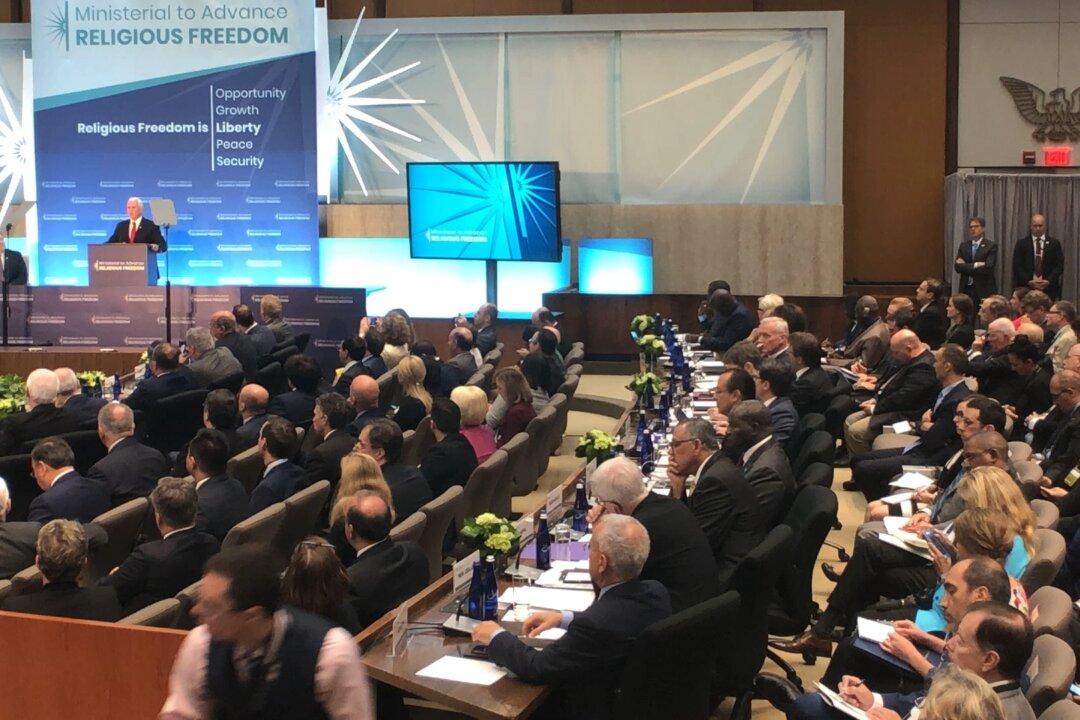WASHINGTON—We often hear today that our democracy is in peril. One reason offered is the lack of understanding by the public of how our government works. Another is that the curriculum in elementary and high schools today deemphasize history and social studies due to pressures to focus on testing of the fundamentals of reading and math.
No Child Left Behind (signed into law in Jan. 2002) provided incentives for math, science and reading and none for history and civics, and its successor, Every Student Succeeds Act (ESSA) (signed into on Dec. 2015) placed the same emphasis.
Civics education is much reduced compared to the 1960s and nonexistent in some public schools. Former Supreme Court Justice Sandra Day O'Connor, a strong advocate of civics education, said in an interview on ABC on May 27, 2010, “About half of institutions have stopped making civics and government a requirement for high school.”
Here are some facts to ponder. The Annenberg Public Policy Center’s national surveys published findings in 2011 of the past decade of surveys. Only one-third of Americans could name all three branches of government. Another third could not name any branch of government. Just under half of Americans (47 percent) knew that a 5-4 decision by the Supreme Court carries the same legal weight as a 9-0 ruling. Nearly a third incorrectly thought that a U.S. Supreme Court decision could be appealed.
The average citizen’s ignorance of how the three branches of government work could be amusing if it weren’t so alarming. For example, nearly one quarter (23 percent) believed that when the Supreme Court decides narrowly in a 5-4 decision, the matter is referred to Congress for resolution.




